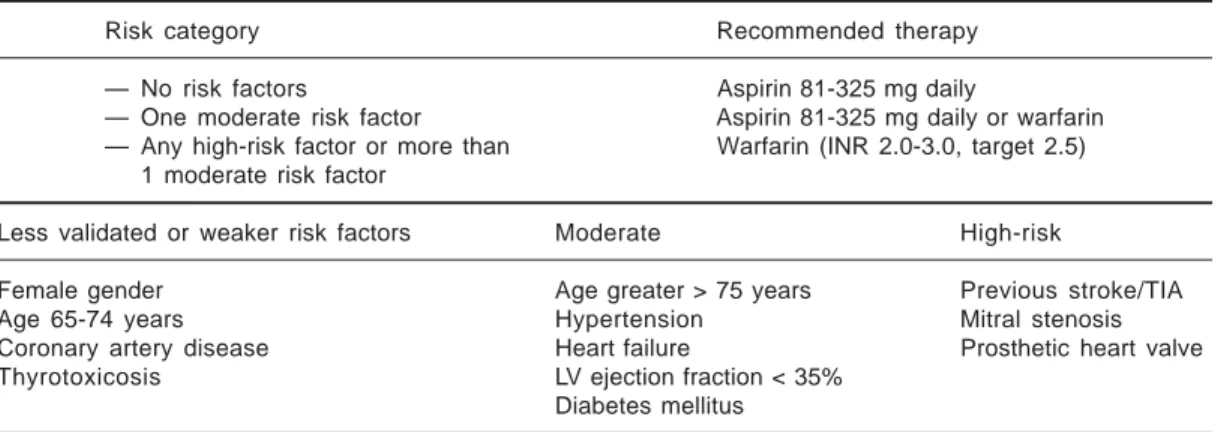Atrial fibrillation: the relation between heart and brain
Texto completo
Figure



Documento similar
The emotion, score and activity visualizations (Fig. 4) display the relation between learners’ emotions, the amount of events they generated in the learning
In last years, a myriad of empirical studies has sup- ported this relationship between institutional quality and development; and, though less conclusively, the one
Enhanced plasma levels of phosphate, FGF-23, and parathormone have been related to an increase in cardiovascular events through different mechanisms, including
The literature discussed above reveals important roles for DUSP10 in immunity, inflammation, and cancer. The relationship between cancer and inflammation has been proposed years
The aim, of this work was to quantify the number and duration of the very high- speed running and sprinting events (VHSRS) and the recovery interval between them in 36 first and
Five studies carried out the measurement of alloantibodies after allo-MSC admin- istration in patients with heart diseases, two studies in patients with ischemic
"Heart rate variability and dispersion of QT interval in patients with vulnerability to ventricular tachycardia and ventricular fibrillation after previous
This study assesses the number of patients treated with the antithrombotics traditionally available for stroke prevention in non-valvular AF and the clinical